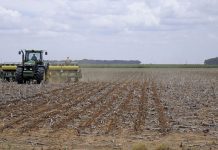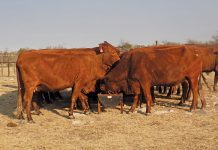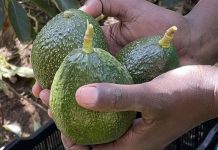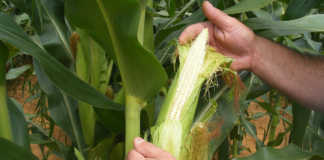
For the project, demarcated sites are subjected to either regenerative agriculture practices or conservation agriculture practices.
The conservation agriculture practices consist of a rotation of wheat, barley, canola and legumes, while the regenerative agriculture practices include a rotation of wheat, barley and canola and a utility phase, which consists of a mixture of roughly seven to eight different crops, planted two years after the rotated cash crops.
Smorenburg said that since start of the trial three years ago, soil health analyses have revealed that the soil under regenerative agriculture is generally healthier than the soil under conservation agriculture.
Despite this, however, wheat yields are substantially lower on the site under regenerative agriculture compared to yields on the site under conservation agriculture.
As the difference in yield would have a financial impact on farmers, Prof Johann Strauss, researcher at the Western Cape Department of Agriculture, said that this would make it difficult to persuade grain farmers in the Western Cape to switch to regenerative agriculture.
He added, however, that the grain crops on the regenerative agriculture site received fewer nutrients than those on the conservation agriculture site, which may have negatively affected yield.
Delegates were also reminded that it usually took four to five years for systems to fully switch from a conventional or conservation model to a regenerative agriculture model, and that the full benefits of regenerative agriculture would only become evident in yields and crop quality after this time.
Smorenburg added that the research team had experienced challenges with weed management on both sites, as the trial had started out of a conservation farming model that already had weed problems, which negatively impacted the crops in both treatments.
She said that the performance of the regenerative agriculture treatment would likely improve as the weed issues were addressed.









